
|
Two aqueducts from the Caput Aquae to the city of Turda (ancient Potaissa)
| For the photo's, see below |
| Home / the complete website |

|
| Recommended literature : | F. Fodorean: The aqueducts of Potaissa (in: SRdFG vol 28 (2011) pag 95 - 108 |
| Recommended websites : | none |
| How to visit : | see above |
| HOME | More literature on more aqueducts | Last modified: March, 2012 - (webmaster) |
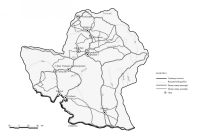
Dacia county |
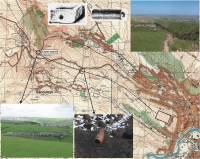
Two aqueduct courses |
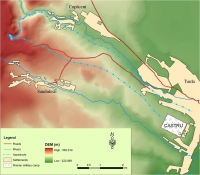
Elevation map |
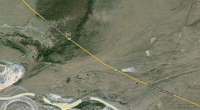
Area of the spring |
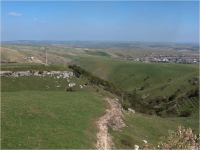
Panoramic view |
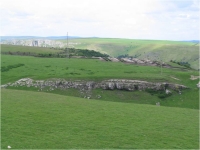
Near the caput aquae |
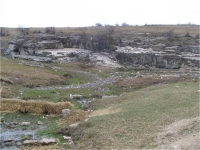
Details of the spring area |
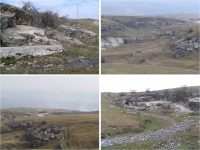
Scenic view |

Ancient stone quarry |
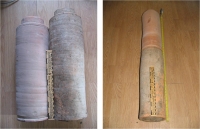
Two ceramic pipes |
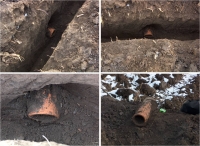
Pipes in situ |
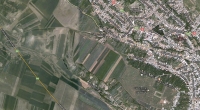
Castrum Legio V |
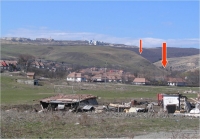
View from Copaceni |
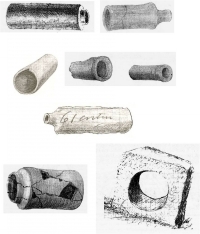
Pipes of different sizes |
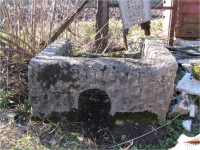
Stilling basin |
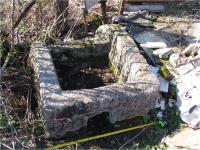
Interesting basin |
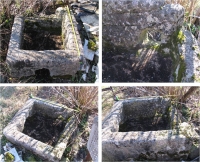
Details of the basin |
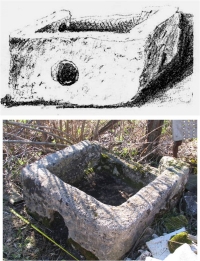
Drawing plus Photo |
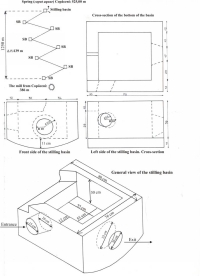
Detailed drawing |